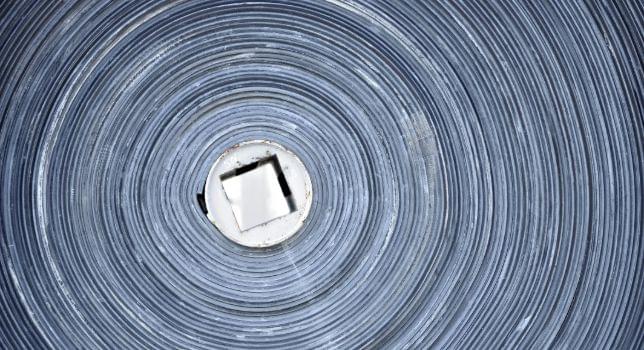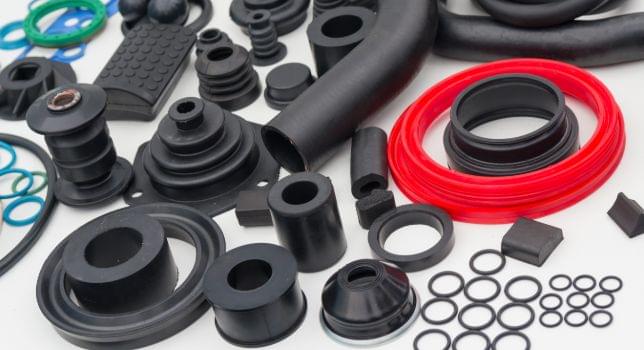There are many factors to consider when making buying decisions for a company’s operations. Equipment, facilities, and personnel all play a key role in making an operation run efficiently both from a cost and time standpoint. For companies that rely heavily on conveyor belts to make their mining, production and assembly lines run smoothly, an inferior product could mean disaster for their operation and negatively affect their bottom line.
When faced with various purchase options, comparative product analyses or benchmarking studies, of conveyor belts can provide companies with the data to make the right selection. Benchmarking studies allow you to compare the fundamental characteristics of key components that determine conveyor belt performance while in service. This is done by establishing comparative descriptions of the compositions and physical properties of conveyor belts. By choosing to have an independent, third party laboratory conduct this type of study, companies can reduce the risk of purchasing unreliable products by establishing an objective, data-based foundation to make informed decisions.
Key Elements of Conveyor Belt Benchmarking Analyses
There are four key elements to getting the most out of a benchmarking study. These include, but are not limited to:
- Adhesion - characterization of the critical peel force strengths between key components
- Reinforcements Analyses – identify constructions and permit calculations of total strength
- Chemical analyses - determine fundamental composition aspects of rubber components
- Physical property tests of rubber components - determine strength, stiffness, environmental resistance, abrasion resistance, tear resistance and aging properties
Benefits of Comparative Product Analysis
Benchmarking analyses can be used to conduct many useful product evaluations including:
- Product A vs Product B vs Product C
- New product vs. used product
- Lot-to-lot comparisons
- Property comparisons between compounded rubber component formulations
By conducting independent material and performance analysis on your selection of conveyor belts, you can collect valuable information to help you justify your purchasing decisions.
To learn more about Smithers Conveyor Belt testing capabilities or to request a quote, click here.



